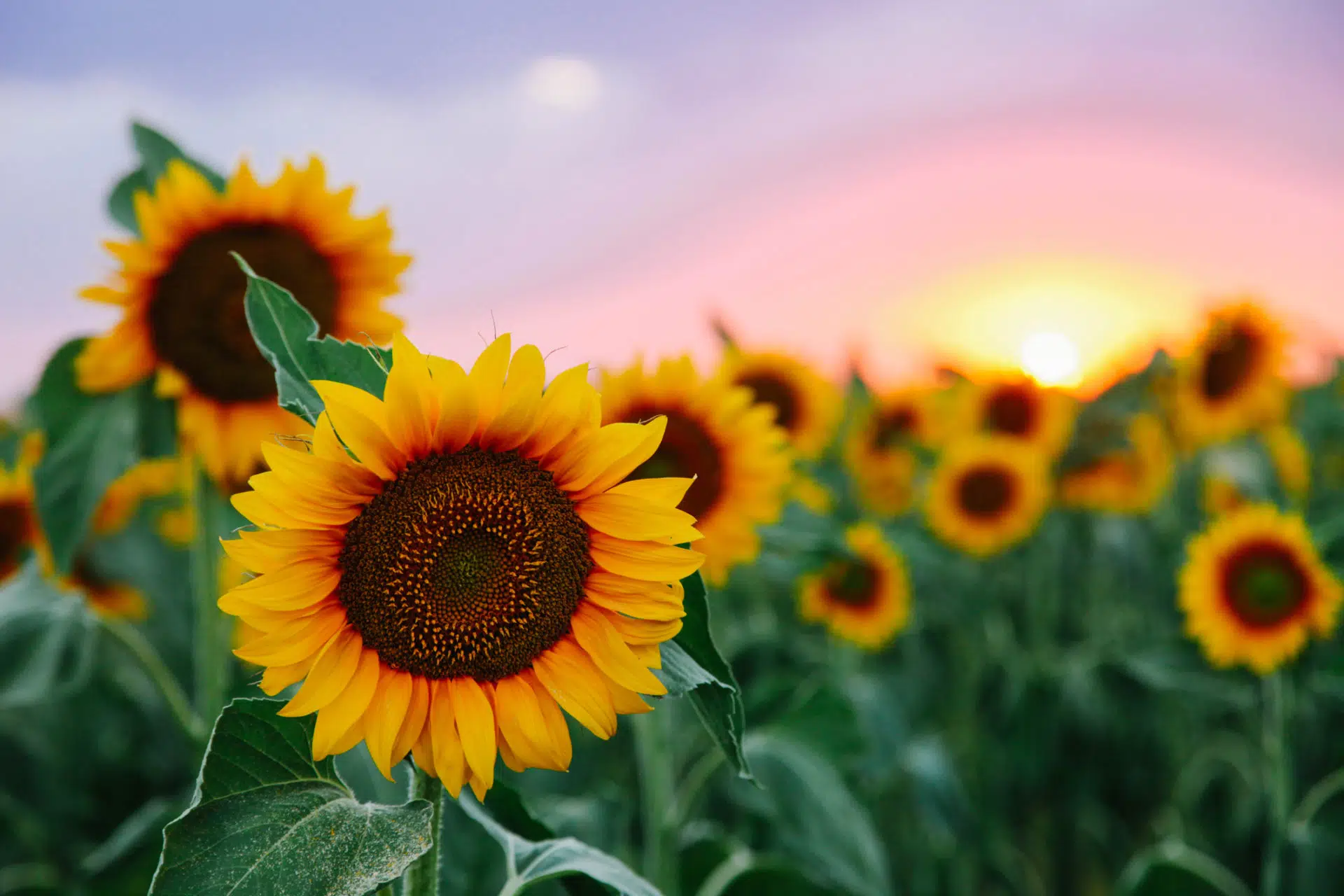Birds
By Range

Looking for something in particular? Click here to search.

Myiarchus crinitus
Great Crested Flycatcher
Great crested flycatchers breed in the canopy of eastern deciduous forests. They can breed along edges of forest, and don’t require big stretches of unbroken forest canopy to thrive. In... more

Dumetella carolinensis
Gray Catbird
Just as their common name implies, gray catbirds are gray in color and have a call which sounds like a cat’s mew. They belong to the genus Dumetella, which means... more

Regulus satrapa
Golden-crowned Kinglet
Voice: Song: high pitch tsee-tsee-tsee-tsee varies in number Call: thin tsee note Barely larger than a hummingbird, golden-crowned kinglets have a remarkable ability to endure cold climates. They can survive extreme temperature of -40 degrees. During nesting season, they can be seen high... more

Spizella pusilla
Field Sparrow
Voice: Song: Males: downward whistles descending to a bouncing ball trill Call: Both sexes: Seep or Chirp Male field sparrows are easy to spot on an early spring or summer morning, perched low, singing loudly in open habitats. Their descending bouncing ball trill can be heard in shrubby grasslands, overgrown agricultural fields, fencerows, and forest edges. They tend to sing... more

Megascops asio
Eastern Screech-Owl
Voice: Both males and females. Males deeper voice Song: descending whinny like horse “nay” Call: soft hoots to loud barking calls; screeches with metallic beak click Eastern screech-owls are common owls in woodland areas... more

Tyrannus tyrannus
Eastern Kingbird
Common and noticeable in summer, eastern kingbirds are often seen perched on a tree branches or fence posts in fields or along forest edges where water is present. They are... more

Dryobates pubescens
Downy Woodpecker
Voice: Call: pik note and descending whinny Drum: a soft roll- about 17 beats a second Downy woodpeckers are the smallest, most widespread, woodpecker in North America. In winter they often join mixed species flocks of chickadees,... more

Junco hyemalis
Dark-eyed Junco
Voice: Song: Musical long dry trill Call: Chip note in series Dark-eyed juncos are thought of as the "snowbirds" of the temperate zone. Over most of the eastern United States... more

Quiscalus quiscula
Common Grackle
Voice: variety of squeaks, whistles, and croaks; harsh notes ending in a metallic squeak During the summer, a handful of common grackles can be found in open woodlands, along the... more

Chaetura pelagica
Chimney Swift
Voice: In flight the swift calls with a twittering of rapid repeating chirps. Roger Tory Peterson coined the term “a cigar with wings” to describe the unique shape of the... more

Dendroica cerulea
Cerulean Warbler
Voice: Buzzy notes ending in a higher pitched trill, "zee zee zee zizizizi eee." The Cerulean Warbler gets its name from the vivid blue coloration of the male warbler's back... more

Certhia americana
Brown Creeper
Voice: very high pitched see-see-titi-see or see see This small, well-camouflaged bird of woodlands has a unique foraging technique. Adapted for "creeping" on tree trunks and large branches the Brown... more


Vireo solitarius
Blue-headed Vireo
Voice: Males: song can be rendered as “here I am, where are you, over here.” It is a bit slower than a Red-eyed Vireo. Blue-headed vireos are the only vireo that makes use of mixed forests, where conifers and deciduous trees grow... more


Polioptila caerulea
Blue-gray Gnatcatcher
Voice: Song: series of thin notes which may contain mimicry notes of other birds; Call: soft, nasal “Spee, Spee.” Blue-gray gnatcatchers are the northernmost occurring species of gnatcatcher family, and... more

Poecile atricapillus
Black-capped chickadee
Voice: Song: two note whistle with the second note slightly lower. Call: Says its own name chick-a-dee-dee-dee Black-capped chickadees are one of the most commonly recognized backyards bird in Northern... more

Ceryle alcyon
Belted Kingfisher
Voice: Dry rattling sound, loud and raspy Belted Kingfishers are one of the most widely distributed birds in North America. In Ohio kingfisher can be found year round with the... more

Strix varia
Barred Owl
Voice: 8–9 notes, described as “Who cooks for you? Who cooks for you-all?” Traditionally known as the “swamp owl,” the barred owl is an inhabitant unbroken oldgrowth wet forests. Barred... more

Scolopax minor
American Woodcock
Voice: A nasal “peeent” call by both sexes The American Woodcock, otherwise known as a Timberdoodle, is a shorebird. However it is not like a typical shorebird spending its time... more

Spizelloides arborea
American Tree Sparrow
Voice: High whistled tseet tseet followed by short whistles. Strictly winter visitors, American tree sparrows, can be commonly seen in old fields, grassy meadows and at bird feeders. Despite their name, American tree sparrows, are not associated with trees, instead foraging and nesting on... more

Turdus migratorius
American Robin
Voice: Rapid three syllable word that sounds like cheerily, cheer up, cheerio with pauses between; call is a loud rapid peek with a soft alternating tut . Many people in Ohio consider American Robins the harbinger of spring... more

Corvus brachyrhynchos
American Crow
Voice: Most common loud repeated caw-caw-caw American crows are highly adaptable, very intelligent birds. They are one of only a few species of bird that has been observed modifying and... more

Fulica Americana
American Coot
Voice: Loud variety of harsh cackles, grunts, and croaks. The most common sound is a loud “kuk, kuk, kuk.” Frequently found in open marshes, wetlands, ponds, lakes, american coots are... more
People for Trees™
Make a difference in
your own backyard.
Plant and care for a tree beginning with making a pledge. We will support each pledge with easy-to-follow instructional toolkits, guidance on how to select the most appropriate tree and where to purchase it, free virtual classes and other ongoing support.
Make a pledgeWhat can we help you find?
Popular searches:




